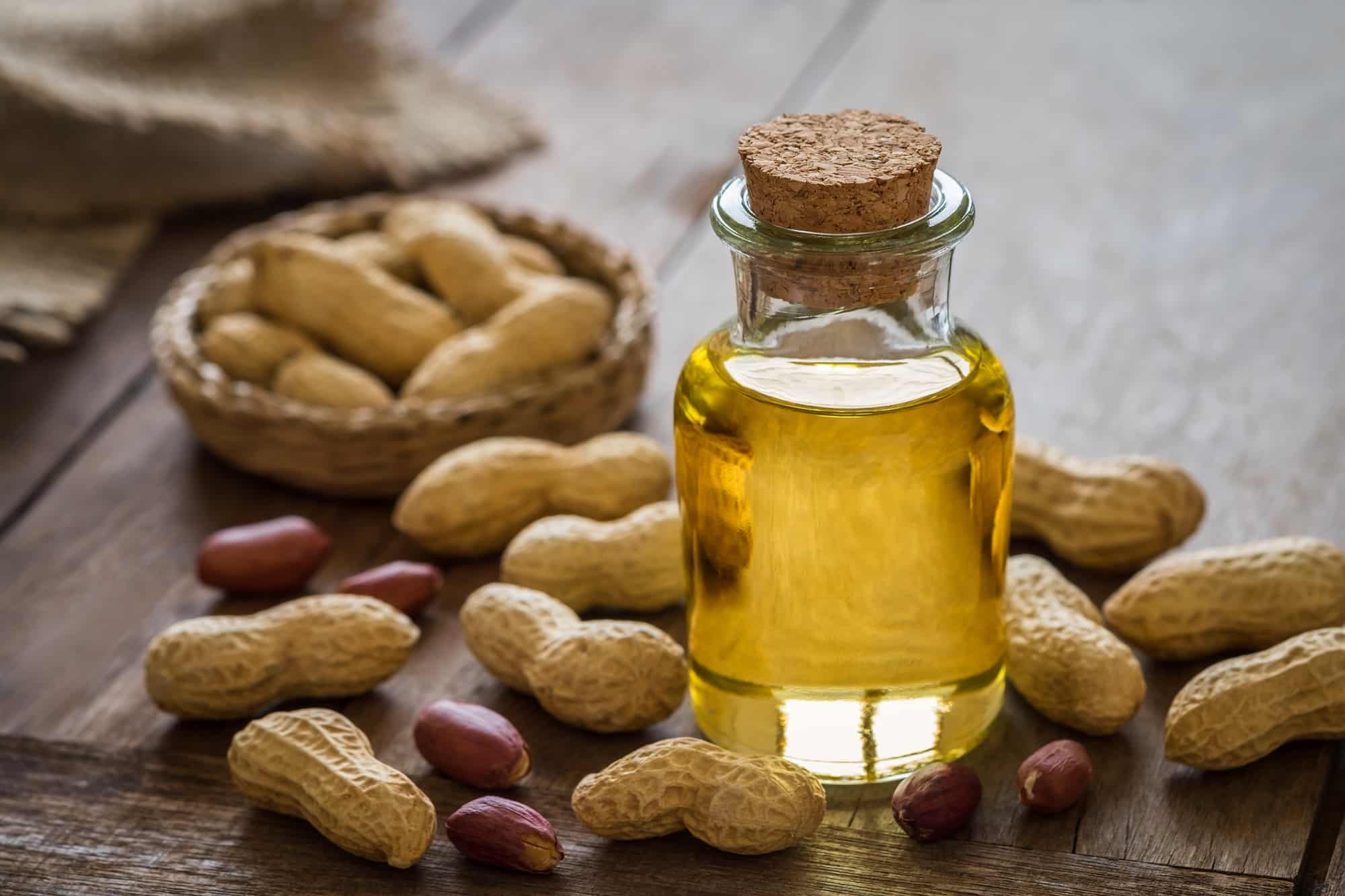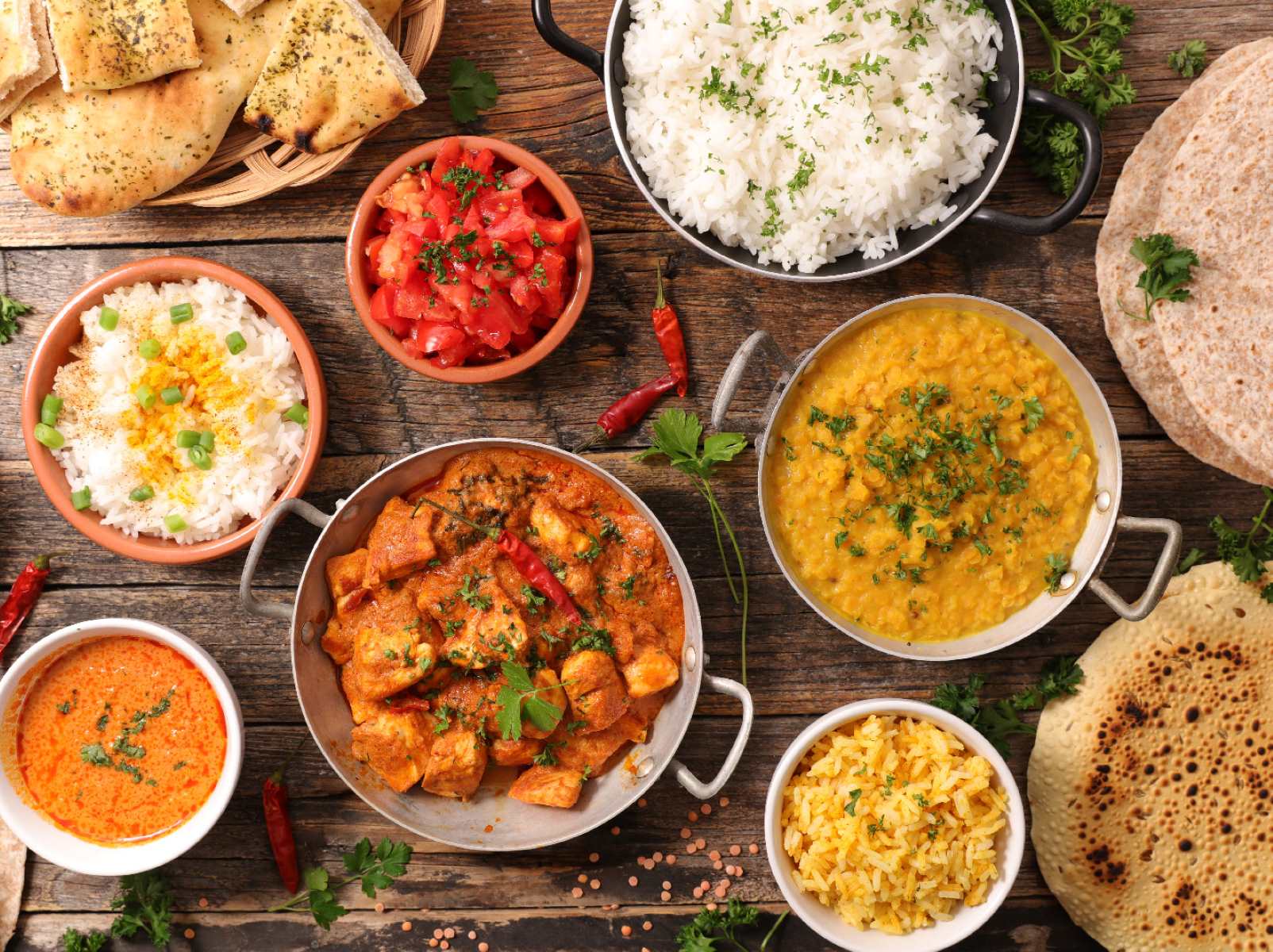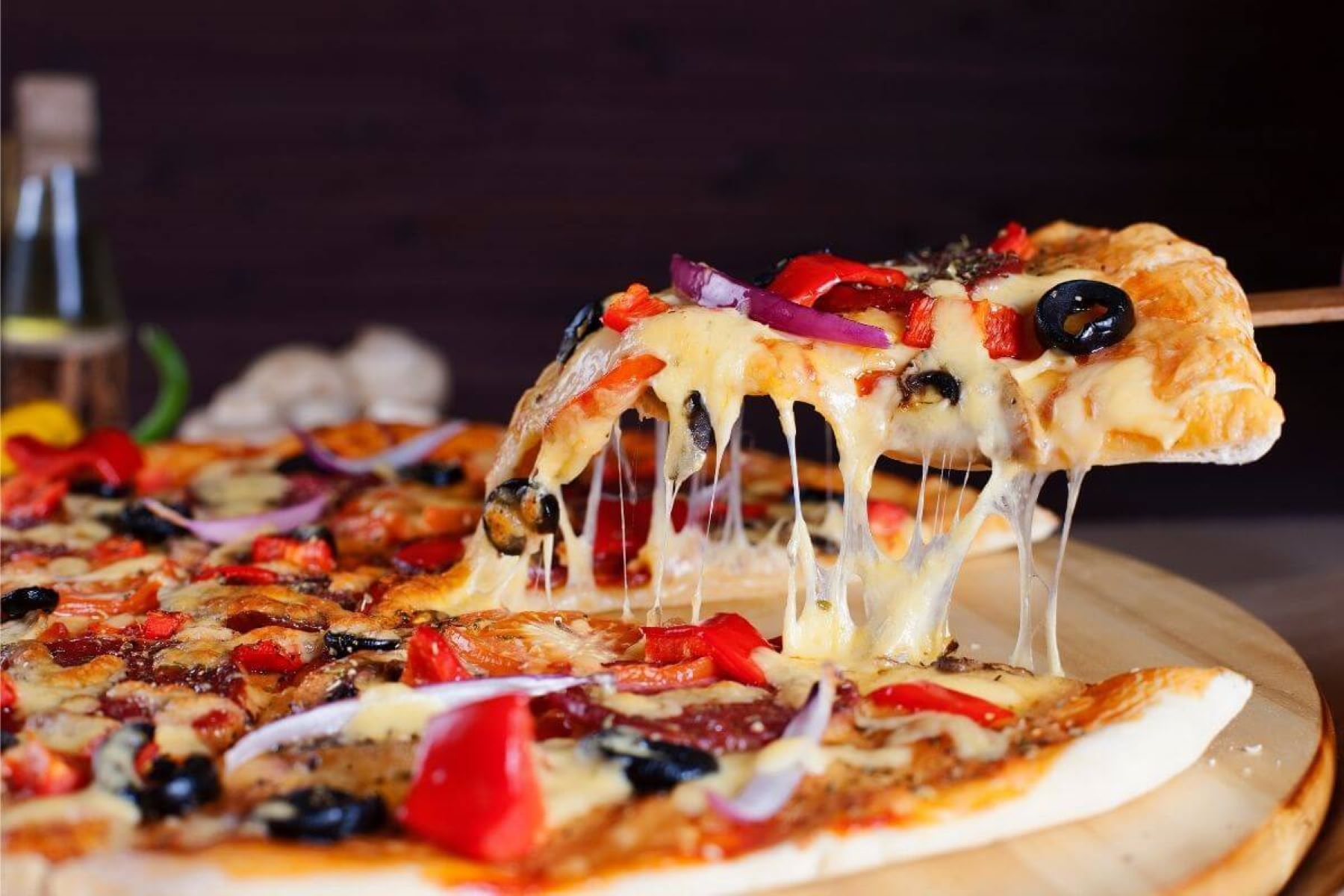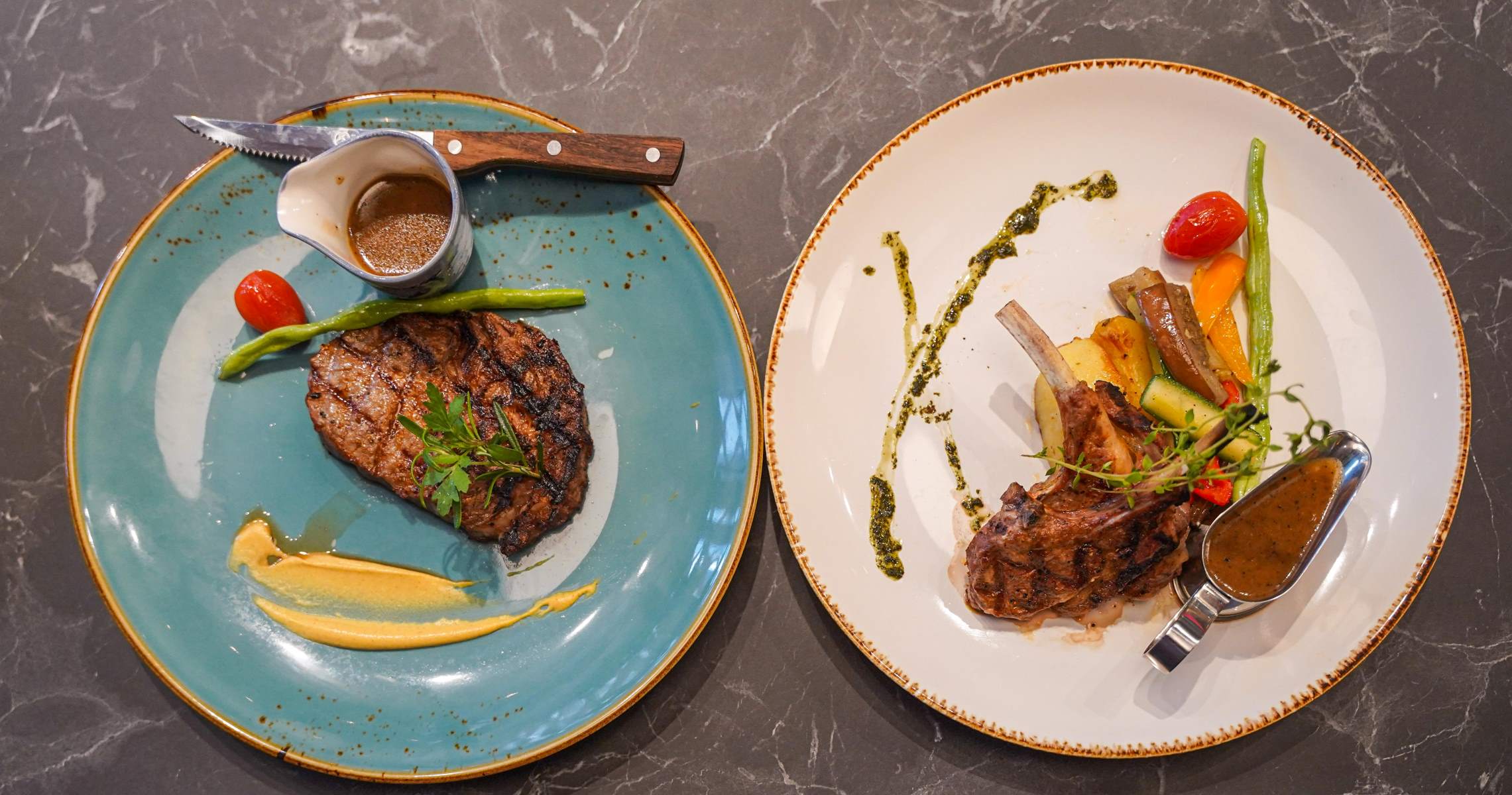Home>Food and Cooking>Discover The Surprising Vegetable That Starts With ‘Y’!
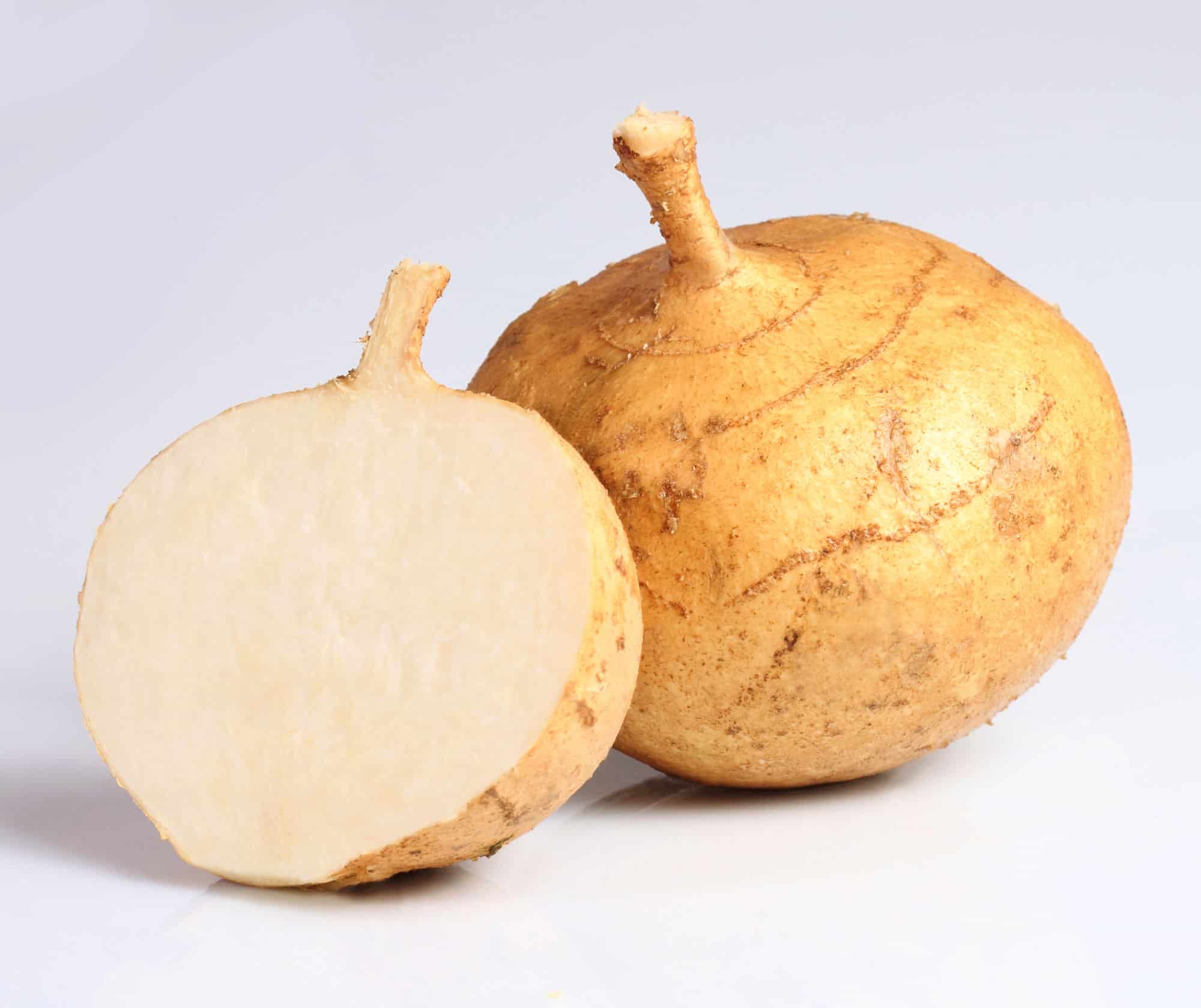

Food and Cooking
Discover The Surprising Vegetable That Starts With ‘Y’!
Published: February 4, 2024
Explore the unique world of food and cooking with the surprising vegetable that starts with 'Y'! Uncover new recipes and cooking tips. Discover more here!
(Many of the links in this article redirect to a specific reviewed product. Your purchase of these products through affiliate links helps to generate commission for Regretless.com, at no extra cost. Learn more)
Table of Contents
Introduction
Have you ever heard of a vegetable that starts with the letter 'Y'? It's not a common topic of conversation, but there's a unique and versatile vegetable that fits the bill: Yautia. This lesser-known root vegetable has been a staple in various cuisines for centuries, yet it remains a hidden gem in the culinary world.
Yautia, also known as malanga or cocoyam, is a root vegetable native to the Caribbean and South America. Its rough, brown exterior might not catch your eye at first glance, but what lies beneath the surface is a culinary treasure waiting to be discovered.
In this article, we'll delve into the characteristics, nutritional benefits, culinary uses, and global presence of Yautia. Whether you're a food enthusiast looking to expand your culinary repertoire or a health-conscious individual seeking new nutritious ingredients, Yautia has something to offer. So, let's embark on a journey to unravel the secrets of this intriguing vegetable and explore its potential to elevate your culinary experiences.
Characteristics of the Yautia Vegetable
Yautia, with its rough, brown exterior, might not immediately stand out in the produce aisle, but its unique characteristics make it a noteworthy addition to any culinary exploration. This root vegetable belongs to the Araceae family and is known for its tuberous roots, which can vary in size and shape. The outer skin of Yautia is typically rough and covered in small, coarse bumps, giving it a distinctive appearance. The flesh beneath the rugged exterior ranges from creamy white to pale pink, and its texture can be described as starchy and slightly slimy when raw.
One of the most intriguing characteristics of Yautia is its versatility. This vegetable comes in several varieties, each with its own distinct flavor profile and culinary applications. Some types of Yautia boast a nutty, earthy flavor, while others lean towards a milder, more neutral taste. The varying textures and flavors of different Yautia varieties make them suitable for a wide range of culinary preparations, from hearty stews to crispy, golden fritters.
In terms of appearance, Yautia can be classified into two main categories based on the color of its flesh: white Yautia and pink Yautia. White Yautia, also known as "Yautia Blanca," features a creamy white interior and is often used in savory dishes and soups. On the other hand, pink Yautia, or "Yautia Lila," displays a pale pink hue inside and is favored for its slightly sweet flavor, making it a popular choice for desserts and sweet treats.
When it comes to texture, Yautia is prized for its starchy consistency, which lends itself well to both boiling and frying. The flesh becomes tender when cooked, making it ideal for mashing or pureeing to create creamy, flavorful dishes. Additionally, the starchiness of Yautia allows it to thicken soups and sauces, adding a velvety richness to culinary creations.
In summary, the characteristics of the Yautia vegetable encompass its rough exterior, starchy texture, and diverse flavor profiles across different varieties. These attributes make Yautia a fascinating ingredient with the potential to elevate a wide array of dishes, from comforting soups to delectable desserts.
Nutritional Benefits of Yautia
Yautia, often overshadowed by more well-known root vegetables, packs a powerful nutritional punch that makes it a valuable addition to a balanced diet. This humble tuber is not only a source of essential nutrients but also offers various health benefits that can contribute to overall well-being.
-
Rich in Dietary Fiber: Yautia is a good source of dietary fiber, which plays a crucial role in digestive health. The fiber content in Yautia supports regular bowel movements, aids in maintaining a healthy weight, and helps control blood sugar levels by slowing down the absorption of sugar into the bloodstream.
-
Vitamins and Minerals: Yautia is a notable source of essential vitamins and minerals, including vitamin C, vitamin B6, potassium, and magnesium. Vitamin C is renowned for its immune-boosting properties and its role in collagen production, while vitamin B6 is involved in brain development and function. Potassium and magnesium are vital for maintaining proper muscle function, regulating blood pressure, and supporting overall heart health.
-
Low in Fat and Calories: For those mindful of their calorie and fat intake, Yautia is a favorable option. It is naturally low in fat and calories, making it a suitable choice for individuals seeking to manage their weight while still enjoying hearty and satisfying meals.
-
Gluten-Free and Allergen-Friendly: Yautia is naturally gluten-free, making it an excellent alternative for individuals with gluten sensitivities or celiac disease. Furthermore, it is not a common allergen, rendering it a safe and versatile ingredient for those with food allergies or intolerances.
-
Energy-Boosting Carbohydrates: Yautia is a good source of complex carbohydrates, providing a steady release of energy to support daily activities and exercise. The carbohydrates in Yautia are digested slowly, leading to sustained energy levels and preventing rapid spikes and crashes in blood sugar.
Incorporating Yautia into your diet can offer a spectrum of nutritional benefits, from promoting digestive health to providing essential vitamins and minerals. Whether enjoyed in savory dishes or used to create delectable desserts, Yautia stands as a wholesome and nourishing ingredient that adds both flavor and nutritional value to diverse culinary creations.
Culinary Uses of Yautia
Yautia, with its starchy texture and versatile flavor, offers a myriad of culinary possibilities that span across various cuisines. From comforting soups to crispy fritters, this humble root vegetable has earned its place in the hearts of chefs and home cooks alike. Let's explore the diverse culinary applications of Yautia and the ways in which it can elevate your gastronomic experiences.
1. Savory Preparations:
Yautia's creamy, starchy flesh makes it an excellent ingredient for savory dishes. When boiled and mashed, it transforms into a velvety puree that serves as a flavorful base for soups, stews, and creamy side dishes. Its ability to thicken sauces and soups makes it a valuable addition to hearty, comforting recipes.
2. Frying and Roasting:
Yautia's texture holds up well to frying and roasting, allowing it to be transformed into crispy, golden delights. Sliced or grated Yautia can be formed into fritters or patties, then fried to a golden brown, resulting in a crunchy exterior and a tender, flavorful interior. Additionally, roasted Yautia develops a delightful caramelized sweetness, making it a delectable side dish or a standalone snack.
3. Baking and Desserts:
In the realm of desserts, Yautia shines as a versatile ingredient. Its slightly sweet flavor and creamy texture lend themselves beautifully to baked goods and sweet treats. From moist cakes to indulgent puddings, Yautia adds a unique depth of flavor and moisture to a wide array of desserts, making it a cherished component of many traditional and modern recipes.
4. Thickening Agent:
The starchy nature of Yautia makes it an effective natural thickening agent for soups, stews, and sauces. When added to simmering liquids and gently cooked, Yautia releases its natural starch, lending a rich, velvety consistency to dishes without the need for additional thickeners.
5. Ethnic Delicacies:
Yautia features prominently in various ethnic cuisines, where it is celebrated for its unique flavor and culinary adaptability. In Caribbean and Latin American cuisines, Yautia is a key ingredient in traditional dishes such as "sancocho" (hearty stew) and "alcapurrias" (meat-filled fritters). Its presence in these cultural delicacies reflects its significance as a cherished and versatile culinary staple.
In summary, Yautia's culinary potential knows no bounds, offering a spectrum of applications that span from savory to sweet. Its ability to enhance both traditional and contemporary dishes makes it a valuable addition to any culinary repertoire, inviting exploration and creativity in the kitchen. Whether used as a thickening agent in a hearty stew or transformed into crispy fritters, Yautia stands as a testament to the culinary wonders found in humble, often overlooked ingredients.
Yautia in Different Cuisines
Yautia, with its rich history and culinary versatility, has made its mark in a diverse array of cuisines around the world. From the vibrant flavors of the Caribbean to the traditional dishes of Latin America, Yautia has found its place as a cherished ingredient in a multitude of cultural culinary traditions.
Caribbean Cuisine
In the Caribbean, Yautia is a culinary cornerstone, featuring prominently in traditional dishes that showcase the region's vibrant and diverse flavors. One such dish is "sancocho," a hearty stew that often includes a medley of root vegetables, meats, and aromatic seasonings. Yautia's starchy texture and earthy flavor contribute to the robust character of this beloved Caribbean stew, making it a comforting and nourishing meal. Additionally, Yautia is a key component in "pasteles," a traditional dish similar to tamales, where the grated root vegetable is used to create a flavorful filling encased in a dough made from plantains and other ingredients.
Latin American Cuisine
In Latin American cuisine, Yautia plays a vital role in both savory and sweet preparations, adding depth and complexity to a wide range of dishes. One notable application of Yautia is in "alcapurrias," a popular Puerto Rican street food that consists of a savory filling encased in a dough made from a combination of Yautia and green plantains. The resulting fritters are then deep-fried to golden perfection, offering a delightful contrast of textures and flavors. In addition to savory delights, Yautia finds its way into sweet creations such as "majarete," a traditional Latin American dessert pudding where the root vegetable contributes to the dessert's creamy consistency and subtle sweetness.
Global Influence
Beyond the Caribbean and Latin America, Yautia's influence extends to various global cuisines, where it is celebrated for its adaptability and unique flavor profile. In Filipino cuisine, Yautia, known locally as "gabi," is a staple ingredient in dishes like "ginataang halo-halo," a sweet dessert soup featuring a medley of root vegetables cooked in coconut milk. The inclusion of Yautia adds a creamy richness and a hint of sweetness to this indulgent dessert, showcasing its versatility in both savory and sweet culinary creations.
In summary, Yautia's presence in different cuisines reflects its remarkable ability to transcend cultural boundaries and contribute to a diverse tapestry of culinary traditions. Whether used in hearty stews, crispy fritters, or indulgent desserts, Yautia stands as a testament to the culinary wonders found in humble, often overlooked ingredients.
Growing and Harvesting Yautia
Yautia, a resilient and versatile root vegetable, thrives in diverse climates and soil conditions, making it an accessible and rewarding crop for home gardeners and agricultural enthusiasts. Cultivating Yautia involves a series of steps that align with its preferences for moist, well-drained soil and warm temperatures. Let's delve into the process of growing and harvesting Yautia to gain insights into the cultivation of this remarkable root vegetable.
Cultivation Process
1. Soil Preparation:
Yautia flourishes in well-drained, fertile soil with a slightly acidic to neutral pH level. Before planting, it is essential to prepare the soil by loosening it to a depth of about 8-10 inches and incorporating organic matter, such as compost or well-rotted manure, to enhance its fertility and texture.
2. Planting:
Yautia can be propagated from corms, which are bulb-like structures that serve as storage organs for the plant. Plant the corms in shallow furrows, approximately 2-3 inches deep, and space them about 12-18 inches apart to allow sufficient room for growth. Ensure that the corms are positioned with the bud side facing up and cover them with soil, gently firming the surface to secure them in place.
3. Watering and Maintenance:
Maintaining consistent soil moisture is crucial for the successful growth of Yautia. Water the planted corms thoroughly after planting and ensure that the soil remains consistently moist throughout the growing season. Mulching around the plants can help retain soil moisture and suppress weed growth. Additionally, regular inspection for pests and diseases, along with appropriate measures for control, is essential to safeguard the crop's health.
Harvesting Yautia
1. Timing:
Yautia is typically ready for harvest approximately 8-10 months after planting, depending on the specific variety and growing conditions. The plants signal their readiness for harvest when the leaves begin to yellow and wither, indicating that the tubers have reached maturity and are ready to be unearthed.
2. Digging and Storage:
To harvest Yautia, carefully dig around the base of the plant to unearth the tubers without causing damage. Once unearthed, gently remove the soil and allow the tubers to air-dry for a few hours to facilitate curing. After drying, store the harvested Yautia in a cool, dry place with good ventilation to prolong its shelf life and maintain its quality.
By following these guidelines for growing and harvesting Yautia, individuals can cultivate this remarkable root vegetable and enjoy the satisfaction of nurturing a resilient and rewarding crop that offers culinary delights and nutritional benefits.
Conclusion
In conclusion, the enigmatic Yautia vegetable, with its unassuming appearance and remarkable versatility, has emerged as a culinary treasure worthy of exploration and appreciation. From its humble origins in the Caribbean and South America to its global influence in diverse cuisines, Yautia has carved a niche for itself as a beloved ingredient that adds depth, flavor, and nutrition to a wide array of culinary creations.
The characteristics of Yautia, including its rough exterior, starchy texture, and diverse flavor profiles, underscore its potential to elevate dishes across the savory-sweet spectrum. Whether boiled and mashed to create velvety purees, fried to crispy perfection, or incorporated into indulgent desserts, Yautia offers a spectrum of culinary possibilities that inspire creativity in the kitchen.
Furthermore, the nutritional benefits of Yautia, ranging from its dietary fiber content to its essential vitamins and minerals, position it as a valuable addition to a balanced diet. Its gluten-free nature and low fat and calorie content make it a favorable choice for individuals seeking nourishing and wholesome ingredients to support their overall well-being.
Yautia's presence in different cuisines, from the Caribbean to Latin America and beyond, reflects its remarkable adaptability and its ability to transcend cultural boundaries. Whether featured in traditional stews, crispy fritters, or indulgent desserts, Yautia stands as a testament to the culinary wonders found in humble, often overlooked ingredients.
Moreover, the process of growing and harvesting Yautia underscores its accessibility and resilience as a crop, inviting individuals to cultivate this remarkable root vegetable and savor the rewards of nurturing a bountiful harvest.
In essence, Yautia, with its rich history, culinary versatility, and nutritional benefits, beckons culinary enthusiasts and health-conscious individuals alike to embrace its potential. Whether embarking on a culinary adventure to explore new flavors or cultivating Yautia in home gardens, this remarkable vegetable invites us to discover the beauty and bounty it has to offer. Embracing Yautia means embracing a world of culinary possibilities, nourishment, and cultural richness, making it a valuable addition to the tapestry of global gastronomy.




